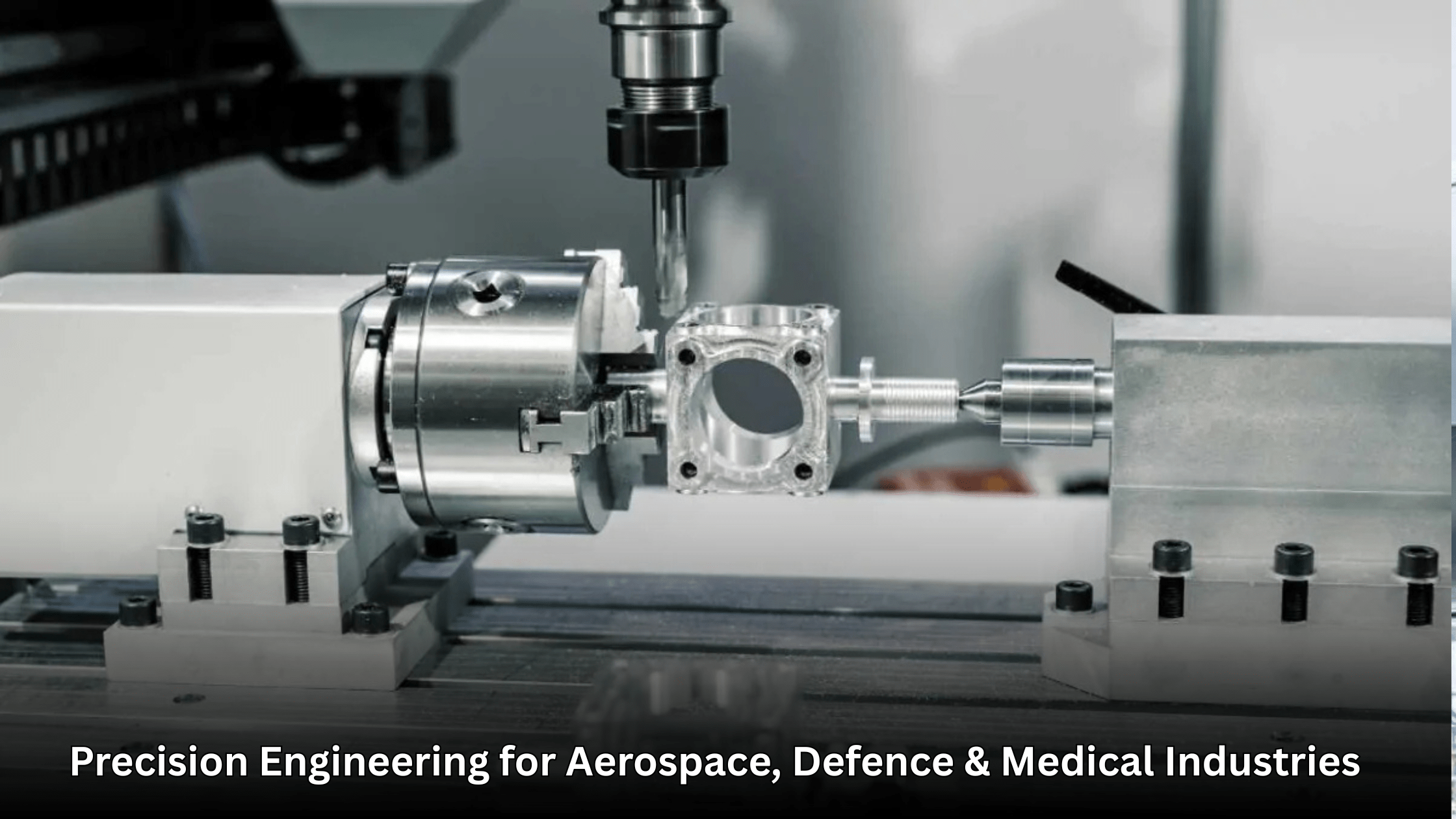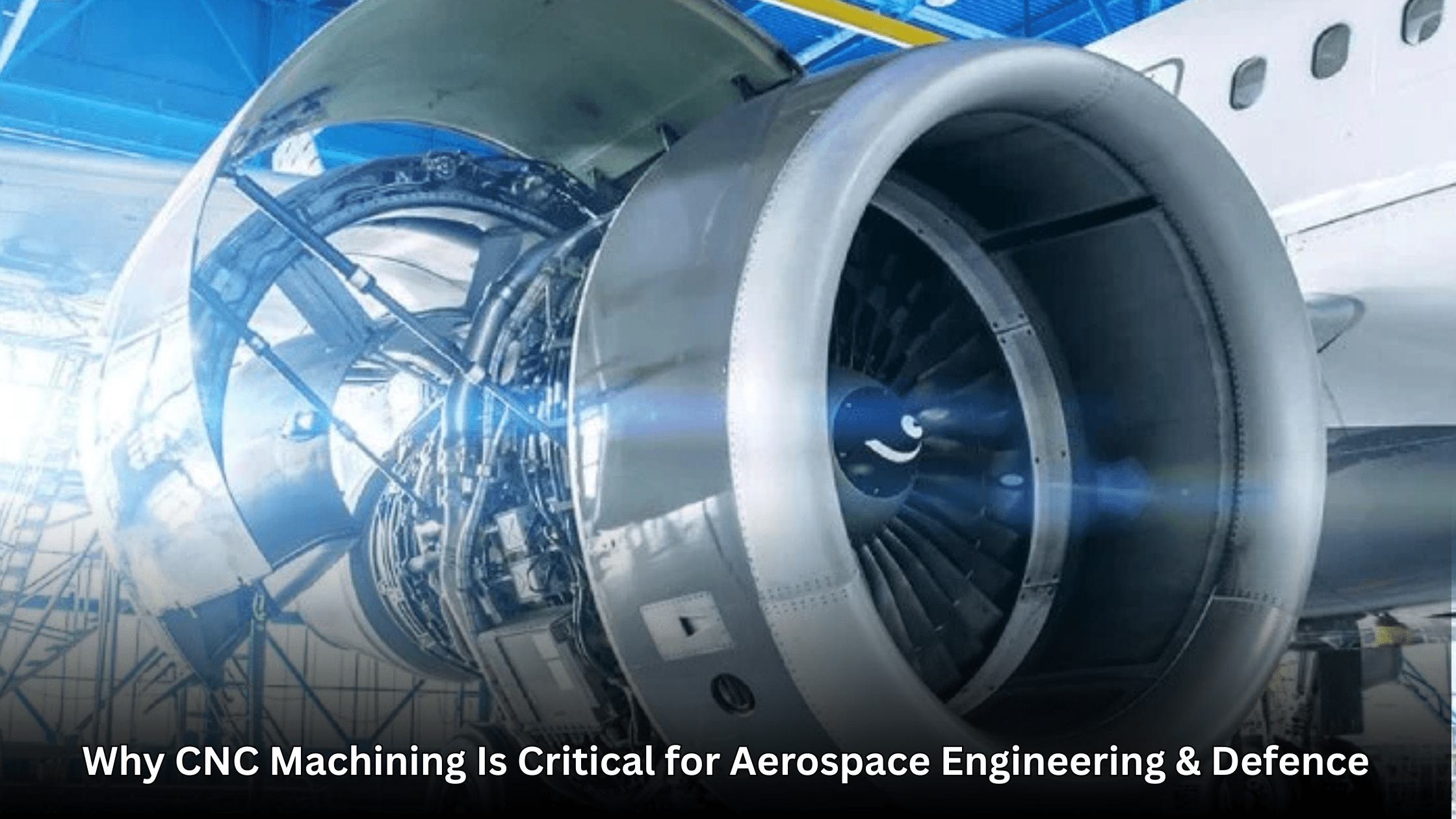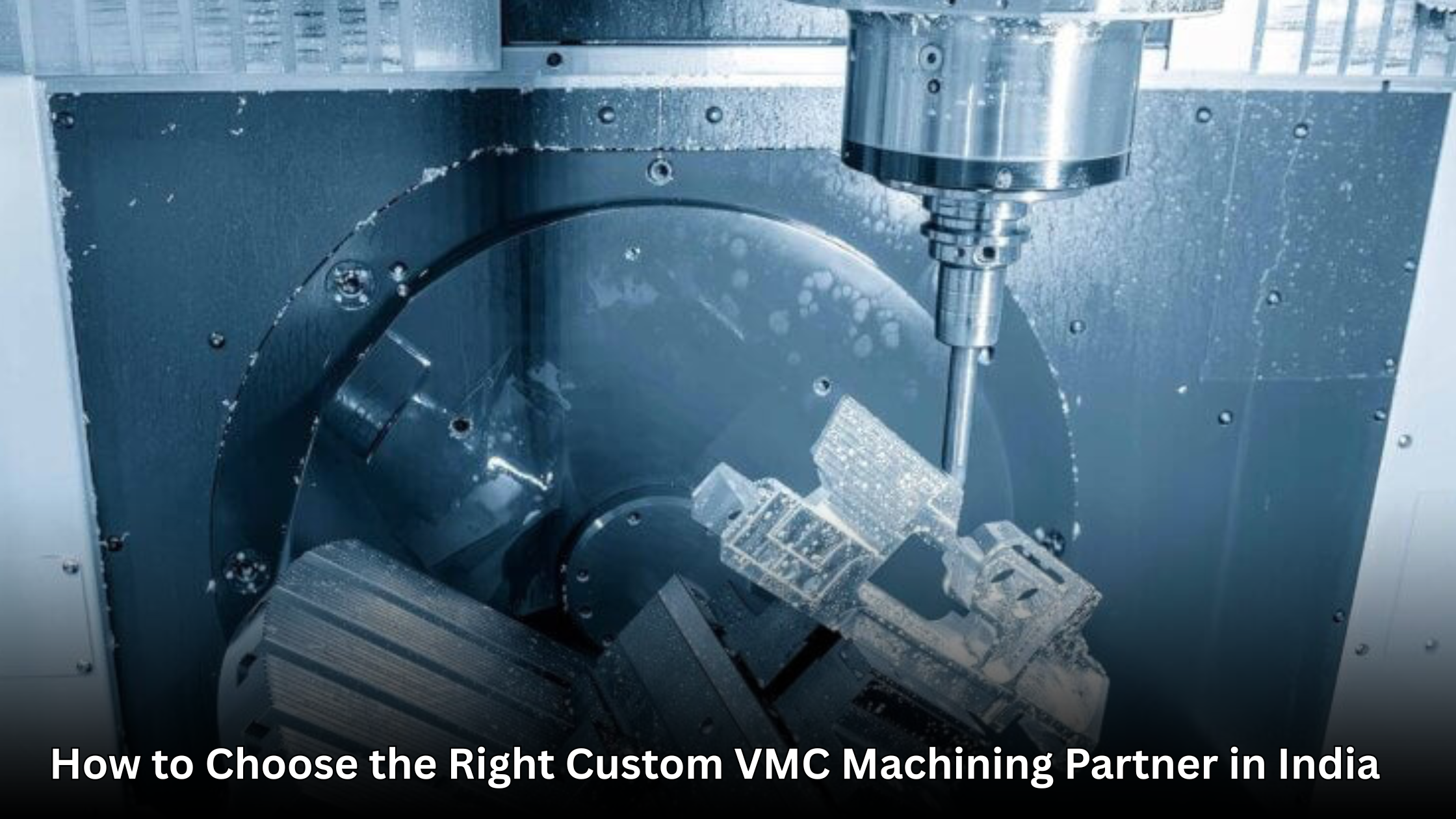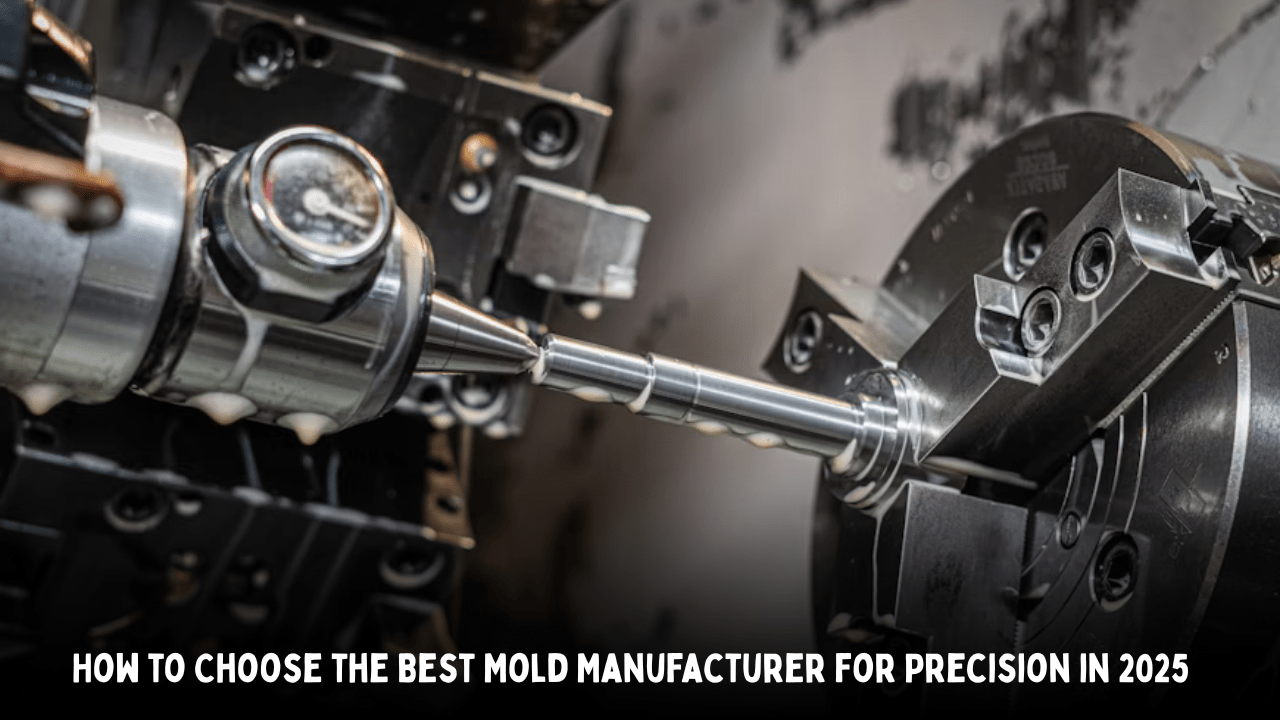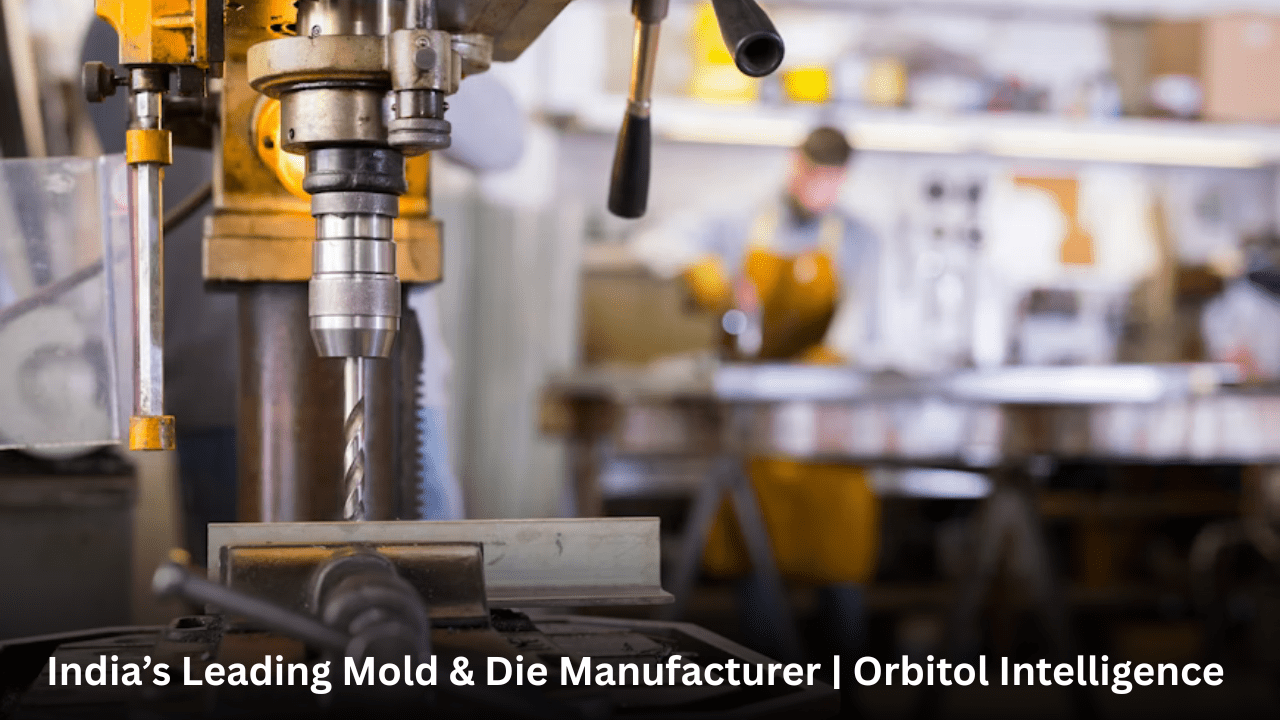In the cut-throat manufacturing environment of today, precision engineering has gradually become not only about the conventional methods. It’s not only about giving metal a certain shape or achieving exact tolerances but also about adding intelligence, automation, and data-driven precision to every facet of the process. Emitter-based and photonics-based technologies are two of the main technological revolutions that these technologies are producing in the field of precision engineering.
Regardless of being revolutionary ideas for most sectors, these machines are changing the production of perfection for the variety of industries going from aerospace to the manufacturing of medical devices. These are two great questions to answer before we move ahead. What do these systems have that make them so influential? How are they changing the face of precision engineering?
1. The Rise of Smart Precision Engineering
Precision engineering has never been something other than accurate, stable, and reliable when it comes to manufacturing. The question arises what impact has even a minute deviation had on the performance, be it the machining of aerospace components, the mass production of surgical instruments, or automotive parts manufacturing.
Nevertheless, in a lot of traditional ways, the inspection is performed manually and the skills of the operator are taken for granted. Laser and vision systems are the solutions that bring digital intelligence and real-time precision to manufacturing.
Not only do these technologies enhance the level of accuracy, but also they execute tasks at a faster pace, with more operations involved in the process, and higher repetition cycles thereby they can guarantee that each item will correspond to the design data to the letter.
2. What Are Laser Systems in Precision Engineering?
Laser systems impinge on materials with extremely precise beams of light for actions like cutting, welding, engraving, or metering to a degree of accuracy seldom seen before. Unlike mechanical instruments, lasers are non-contact devices which naturally means less friction, almost no deformation, and very hygienic results.
Essential Laser Techniques for Precision Engineering:
Laser Cutting: Provides ultra-fine cuts for metals, plastics, and ceramics used in precision engineering works.
Laser Welding: Features the merging of the structural molecules of the metals used in the fabrication of automotive industry parts and medical apparatus making the process fast and without thermal damage.
Laser Engraving & Marking: Serve the purpose of the identification and brand labelling done with the microscopic precision.
Laser Measurement: Great for checking if each part corresponds to its CAD model down to microns.
With the help of lasers, manufacturers are able to realize absolute uniformity which is especially a must for the sectors where microns are used to measure tolerances.
3. Vision Systems: The Eyes of Modern Manufacturing
Though lasers are the ones to deliver the final blow, one can definitely call vision systems the “eyes” in the world of precision engineering. They employ ultramodern cameras, sensors, and AI algorithms in the inspection, measurement, and analysis of parts, all done in real-time.
Vision Systems Operating:
A camera captures the utmost details of the component.
AI-powered software compares the real part with its ideal digital model.
Different any one – even less than a human hair – is detected instantly.
Benefits of Vision Systems:
Automated Quality Control: The source of errors – humans – is completely eliminated which triply accuracies of inspections are achieved.
Speed and Scalability: Can check a large number of parts done per minute in the case of a massive production run.
Data-Driven Insights: Vision systems store and process the inspection data thus, they are the source of next-generation product innovations.
In short, vision systems are the means by which perfection is ensured, thus nothing is permitted to leave the line of production.
4. Benefits of Laser and Vision Integration
By functioning together, laser and vision systems generate a closed-loop operation – a single action that not only accomplishes precision tasks but also makes real-time self-corrections.
Merging the two technologies deeply benefits modern precision engineering works in the following ways:
1. Accuracy Enhancement
Vision systems immediately confirm the job done by lasers. The system changes laser settings if it detects a slight deviation thus there is hardly any material waste and the accuracy level attained is of the highest degree.
2. Decrease of Human Intervention
By cutting, inspecting, and measuring automation, the need for highly-skilled labor is lowered yet the consistency and speed are enhanced – characteristics that are extremely important when it comes to the production of tools and dies or the making of molds.
3. Saving Money and Time
Real-time intervention leads to lower levels of rework, scrap, and machine downtime. This, in the case of large-scale automotive parts manufacturing, results in shorter lead times and lower production costs.
4. Improved Product Quality
Whatever it might be: the surface of a surgical tool or the strength of an aerospace turbine blade, laser and vision systems are the ones to ensure perfect results.
5. Applications Across Key Industries
The main power of these capabilities is their adaptability. The four biggest fields, in which they are leading to, are:
Aerospace Engineering
One of the most important factors for the development of cutting-edge technologies has been the use of laser beams to cut lightweight alloys that allow the reduction of the weight of the airplanes without losing their aerodynamic properties.
Automated inspection machines going through every rivet, weld, and part to find the tiniest defects.
Precision assemblies satisfy the most rigorous standards of airworthiness.
Automotive Manufacturing
The process is applied in tool and die manufacturing for engine and transmission parts.
The laser beams directed via vision help weld car frames with micron precision.
Technology is athwart the production of EV components that require tight tolerances and high durability.
Medical Device Production
These are primary components in instruments for surgery and implantable devices that need perfect hygiene and precision.
By micro-machining biocompatible materials, laser creates smooth, burr-free edges.
Vision systems are non-contact solutions for the inspection of each medical part.
Electronics & Semiconductor Manufacturing
Lasers are the enablers of fine etching and micro soldering.
Vision inspection is circuit accuracy at a nanometer level.
Energy & Power Sector
Drilling and cutting adjustable by laser help to optimize the performance of turbine blades.
Vision systems capture data on the continued consistency of blade shape and the quality of the coating.
6. Laser and Vision Systems in Quality Assurance
Quality in precision engineering is not something that is piled on after the fact – it is part of the process itself.
The use of laser and vision systems allows manufacturers to achieve “first-time-right” production.
The primary Quality Benefits:
Traceability: The production data for each component is digitally stored.
Predictive Maintenance: The visual data gives early indications of wear or tool degradation.
ISO and Industry Compliance: The implementation of these systems facilitates the satisfaction of the most rigorous quality standards such as ISO 9001 and ISO 13485.
This degree of accuracy is very precious in industries like aerospace and medical manufacturing, where safety and performance are the primary requirements.
7. Future of Laser and Vision in Precision Engineering
The future is mainly about intelligent and interconnected manufacturing. AI-powered vision systems with an ability to self-learn and recognize new layouts without human intervention are becoming more common. On the other hand, laser units are being designed to consume less energy and achieve precision at the nanosecond level of time.
We will no longer be far from witnessing the existence of completely independent precision engineering factories, in which machines will be able to do the cutting, inspection, and verification of each of the parts with very little human help.
8. Why It Matters to Manufacturers
The decision to implant laser and vision technology in the production lines of manufacturers is not only a question of obtaining new tools, but it is rather a significant change in the way one does manufacturing.
By implementing this technology, the company has the opportunity to enjoy the following benefits:
Competitive Advantage: The potential to manufacture at a higher speed and at the same time keeping the accuracy of the product.
Reduced Waste: More intelligent utilization of materials and correction of errors.
Customer Trust: The provision of defect-free goods leads to the solidification of customer relationships.
If you are in the business of producing automotive parts, aerospace, or medical engineering, the mere combination of these systems has the potential of taking your manufacturing to the level of global benchmarks.
Conclusion
In the changing landscape of precision engineering, laser and vision systems go beyond mere instruments – they represent the basis of intelligent manufacturing. These technologies, which combine digital intelligence and mechanical precision, achieve what was previously thought to be impossible: perfection that is consistent even at a very large scale.
Their use is only limited by the imagination as they extend from the manufacturing of tools and dies to the production of surgical instruments. As more and more manufacturers are equipping themselves with these systems, we are moving into a new era – one characterized by the precision engineering industry’s unmatched efficiency, reliability, and vision.

